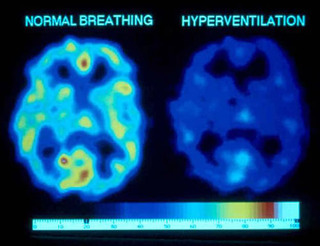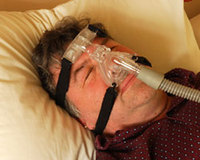|
|
|
|
|
Helping people with breathing disorders since 2001 |
|
| 20 Arthur Street, Freemans Bay, Auckland 1011, New Zealand | Phone +64 9 360 6291 | Email info@buteykobreathing.nz Download our leaflets [PDFs]: Do you suffer from asthma or allergies? » Do you snore or suffer from sleep apnoea? »
PRIVACY POLICY Site design © e-compass.nz 2015 |

 Snoring and sleep apnea (apnoea) are symptoms of a dysfunctional breathing pattern. A dysfunctional daytime breathing pattern will carry over into night-time presenting a range of possible symptoms including snoring, sleep apnoea, insomnia, restless legs, night-time trips to the bathroom, bruxism (teeth grinding), and night-time thirst.
Snoring and sleep apnea (apnoea) are symptoms of a dysfunctional breathing pattern. A dysfunctional daytime breathing pattern will carry over into night-time presenting a range of possible symptoms including snoring, sleep apnoea, insomnia, restless legs, night-time trips to the bathroom, bruxism (teeth grinding), and night-time thirst.


 You can read an article in the New Zealand Hearld by John Roughan:
You can read an article in the New Zealand Hearld by John Roughan: 
